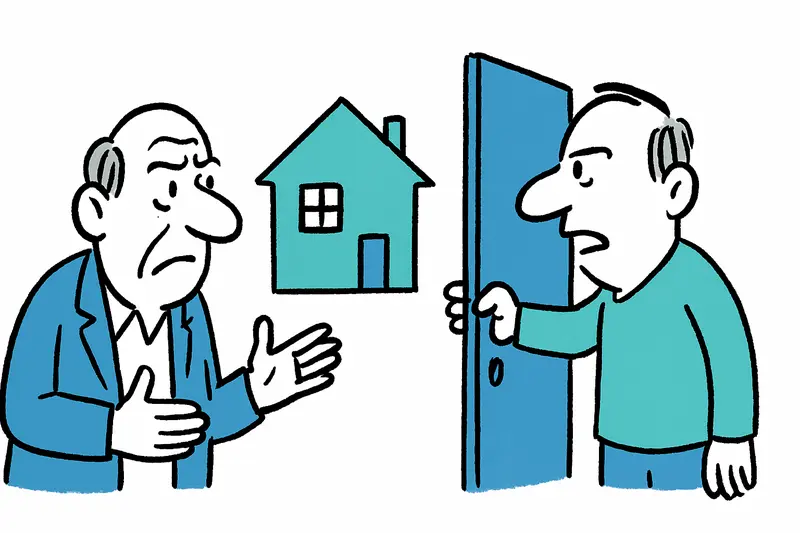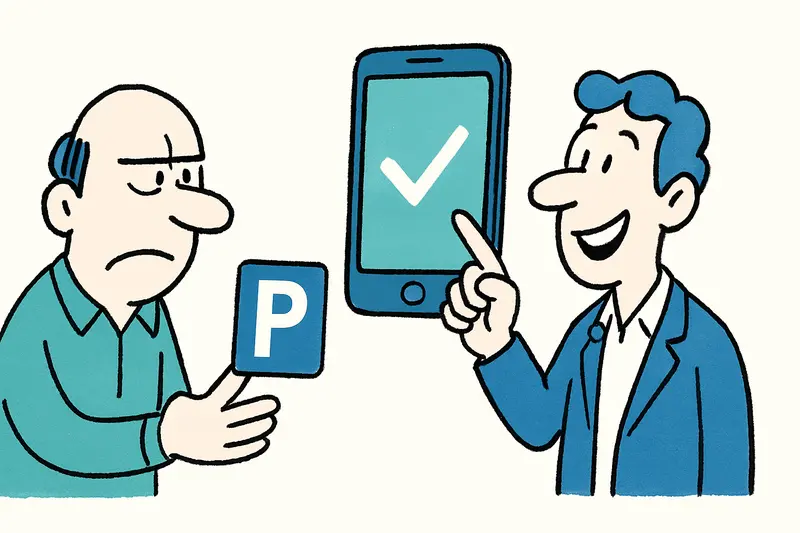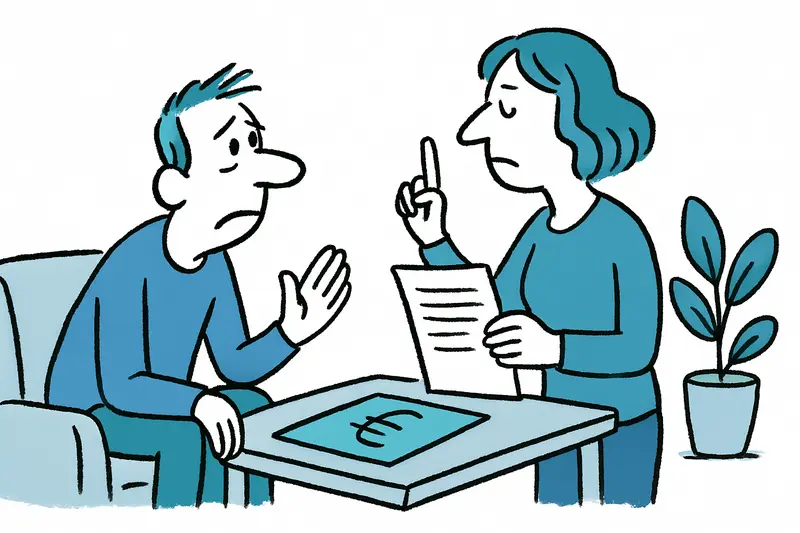The municipal bus company EMT proposes raising the single ticket from €2 to €3. The justification: costs have risen sharply, and the fare has remained unchanged since 2020.
One euro more per ride: proposal affects commuters and tourists
In the early morning you see them everywhere: red EMT buses, packed at Plaça d’Espanya, students with backpacks, older people with shopping bags, and the tourist group with a city map. Now daily rides could become noticeably more expensive. The city of Palma has presented a proposal that would raise the price of the single ticket from the current €2 to €3 — planned for 2026.
Why the increase?
The official justification sounds sober: the fare has not been adjusted since 2020, while operating costs have risen by over 43 percent since 2019. Higher expenses for staff, maintenance of the bus fleet, energy and spare parts — all of this adds up. The administration therefore sees an adjustment as necessary to secure operations in the long term.
What does this mean for users?
Anyone who takes the bus to work every day will pay significantly more at the end of the month if they often use single tickets. Many residents, however, use monthly or ten-ride tickets; whether and how these fares will change is still open. Important: the rule that residents can continue to use public transport for free remains part of the discussion — the city has already reaffirmed this.
On the streets people are grumbling. A bicycle courier on the Passeig Marítim said, 'that makes the short ride to the café more expensive' — sheepish, not dramatic, but annoying. For tourists an increase of one euro per ride is noticeable, especially on short routes between hotel and beach.
Decision still pending
The proposal will be presented to the EMT board today. They will decide whether the new fare is officially approved. If so, a detailed timetable for implementation and communication to the public will follow.
And yes, there are already voices calling for exceptions: social fares for pensioners, discounts for students or better integration with bike rental and parking offers. Others point out that a stable, reliable public transport system is cheaper for the city than even more cars on the roads.
I will continue to follow the debate — and in the meantime I will watch whether the morning bus ride soon feels a bit emptier again. Or whether people simply leave the house earlier to avoid the more expensive tickets. We'll see.
Read, researched, and newly interpreted for you: Source
Similar News

Balearic Islands want to adapt rent subsidies to island realities
The government in Madrid is opening the door: regions should in future be allowed to set their own maximums for rent sub...

Palma makes resident parking digital – ORA stickers are phased out
The city of Palma is replacing the blue ORA stickers with a purely digital resident system. What this means for resident...

Care staff raise alarm: Deficiencies at S'Escorxador Health Center in Palma
Nursing staff report serious safety and hygiene deficiencies at the S'Escorxador health center. The union has filed a co...

Long Waiting List for Social Housing in Mallorca: Nearly 10,000 Families Waiting
The waiting list at the Balearic housing institute is longer than ever: almost 10,000 households are queued — mainly due...

Rent subsidies in the Balearic Islands: Apply by December 15
If you're struggling with rent, you can now apply for support again. We explain who is eligible, how much is paid and wh...
More to explore
Discover more interesting content

Experience Mallorca's Best Beaches and Coves with SUP and Snorkeling

Spanish Cooking Workshop in Mallorca
